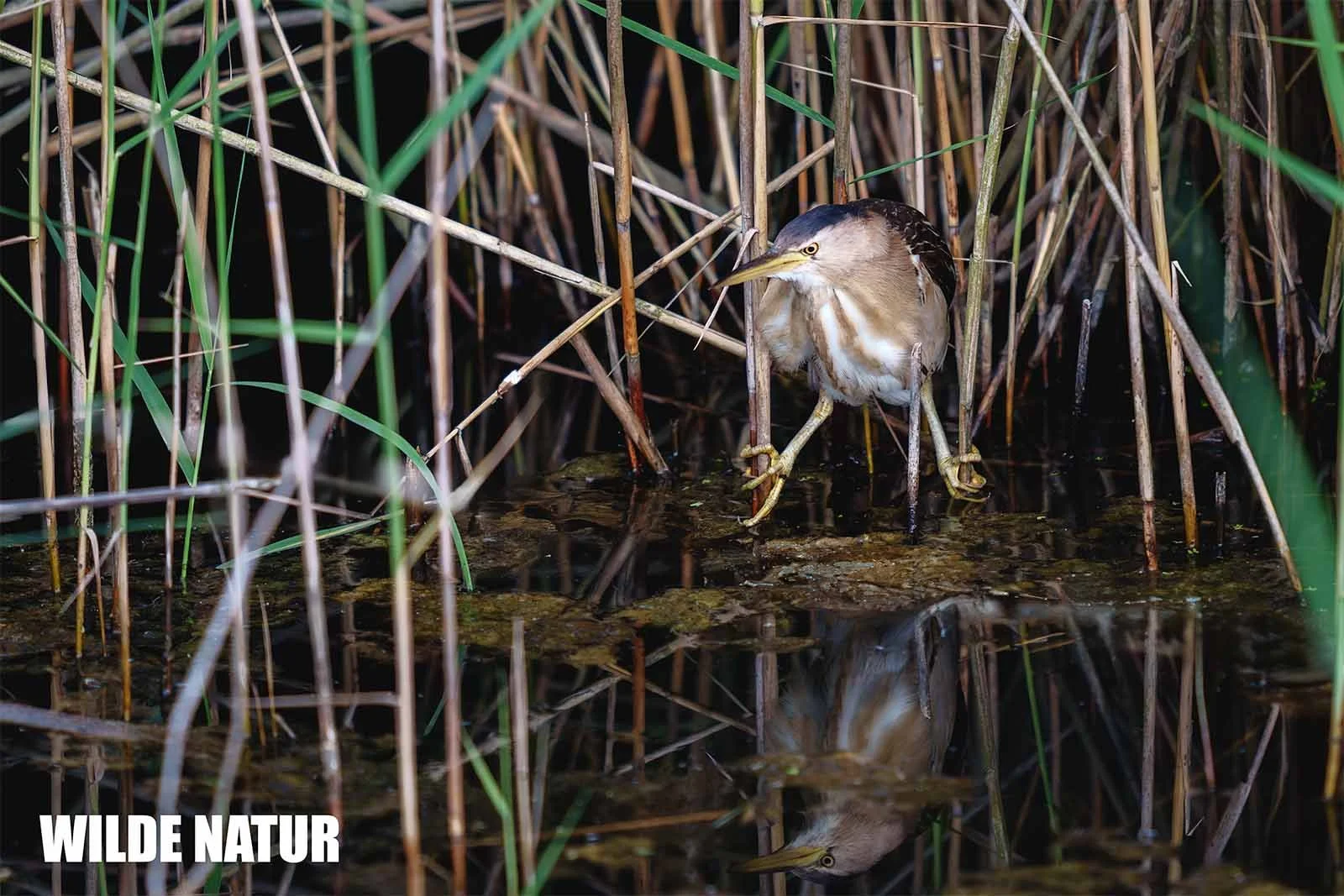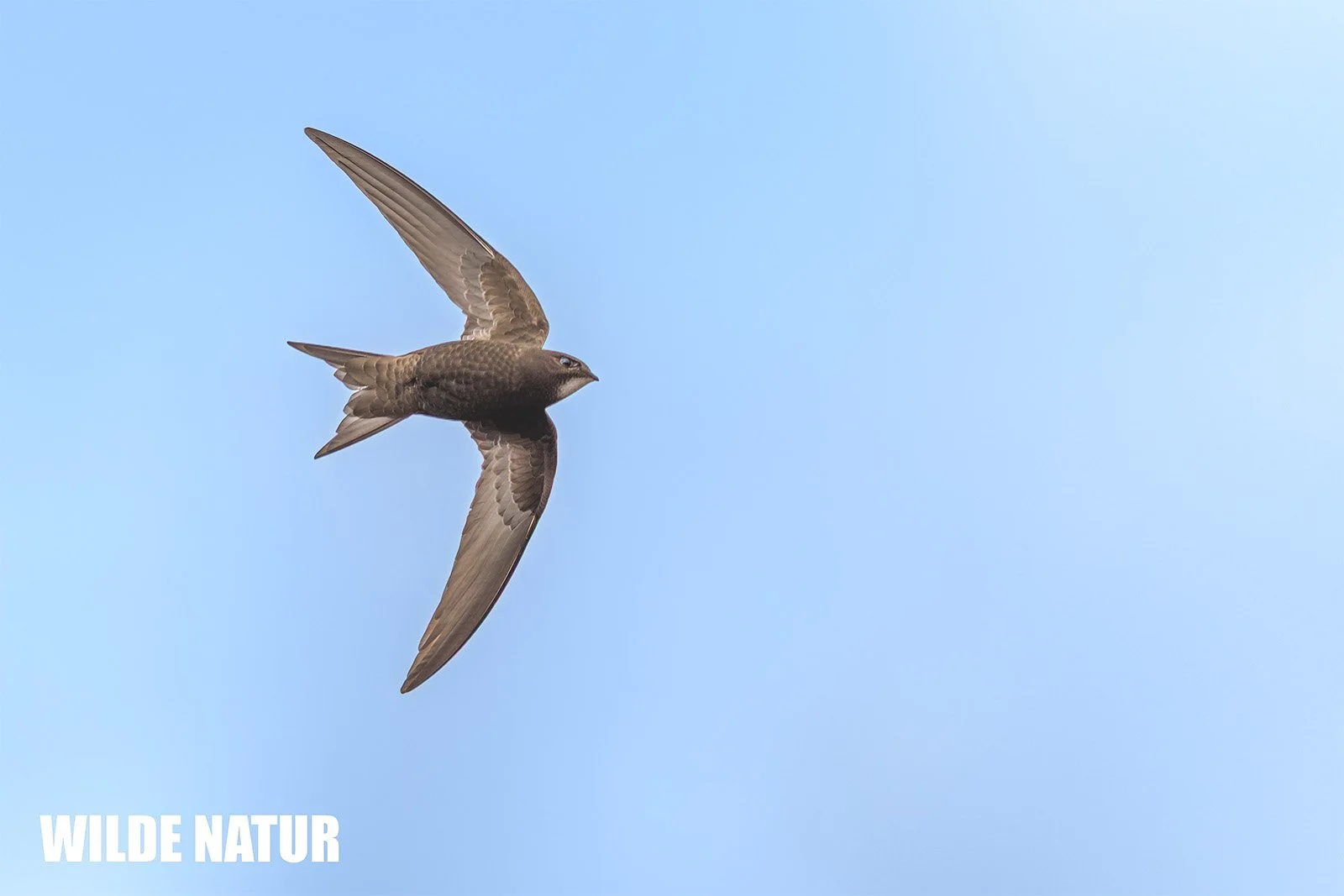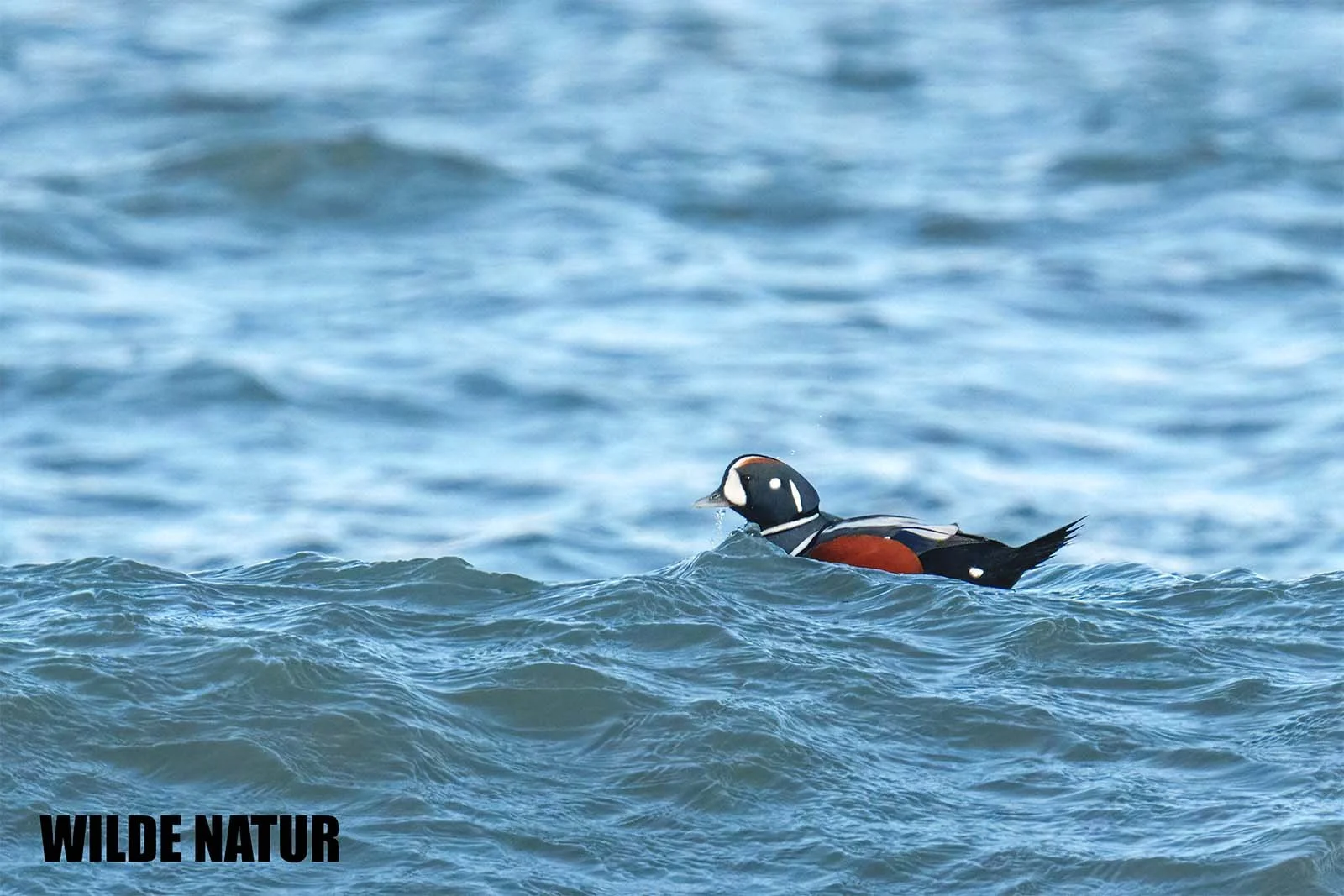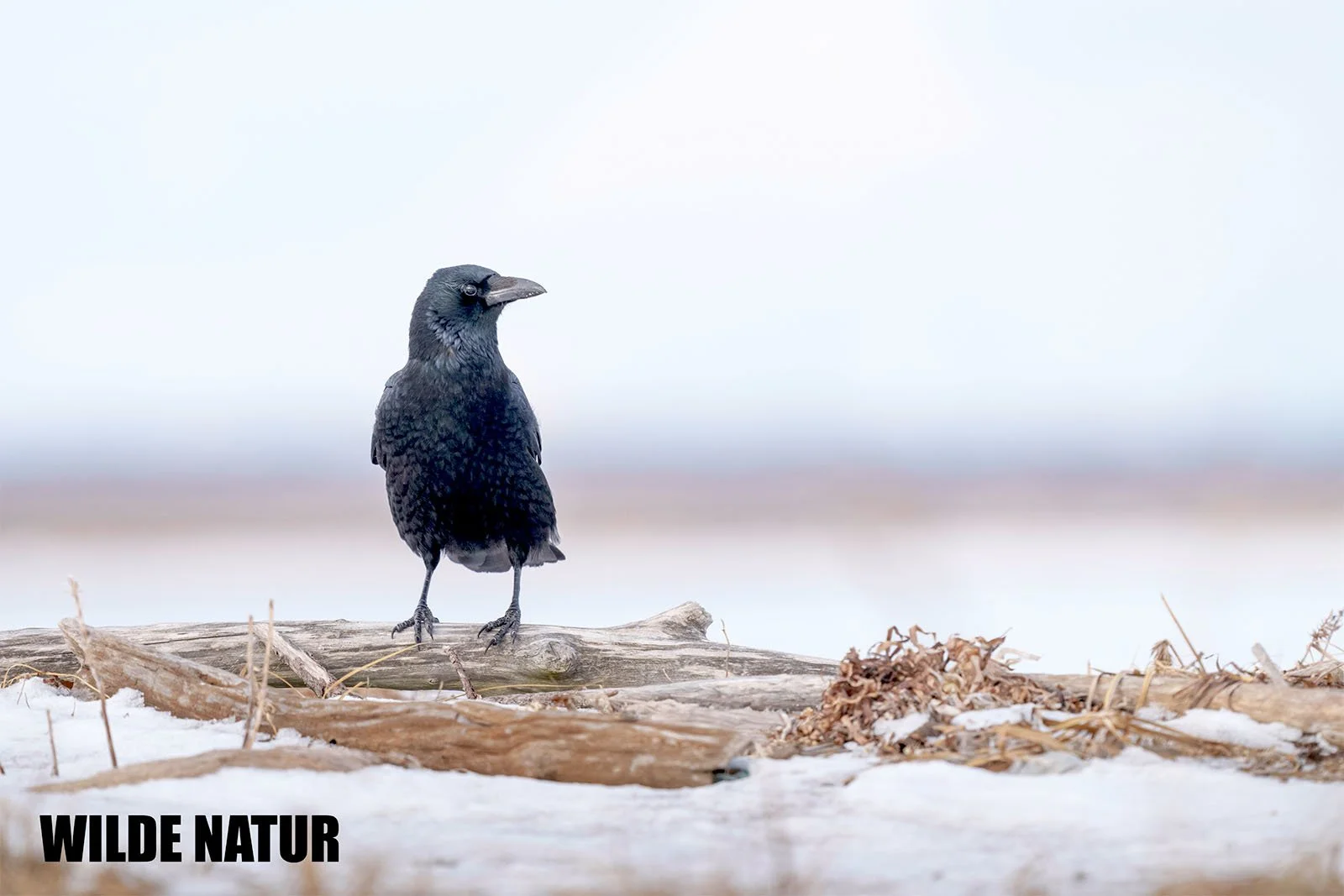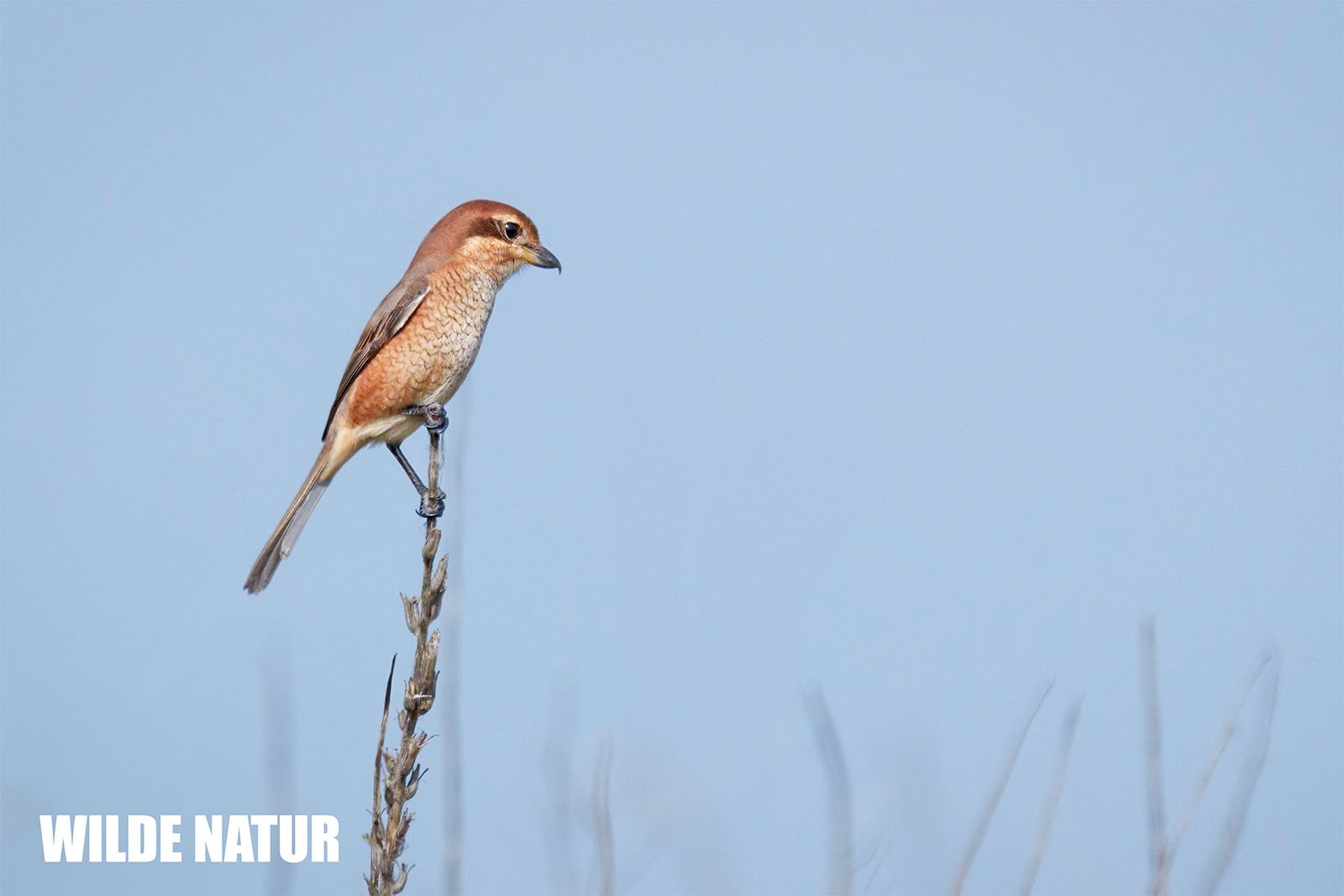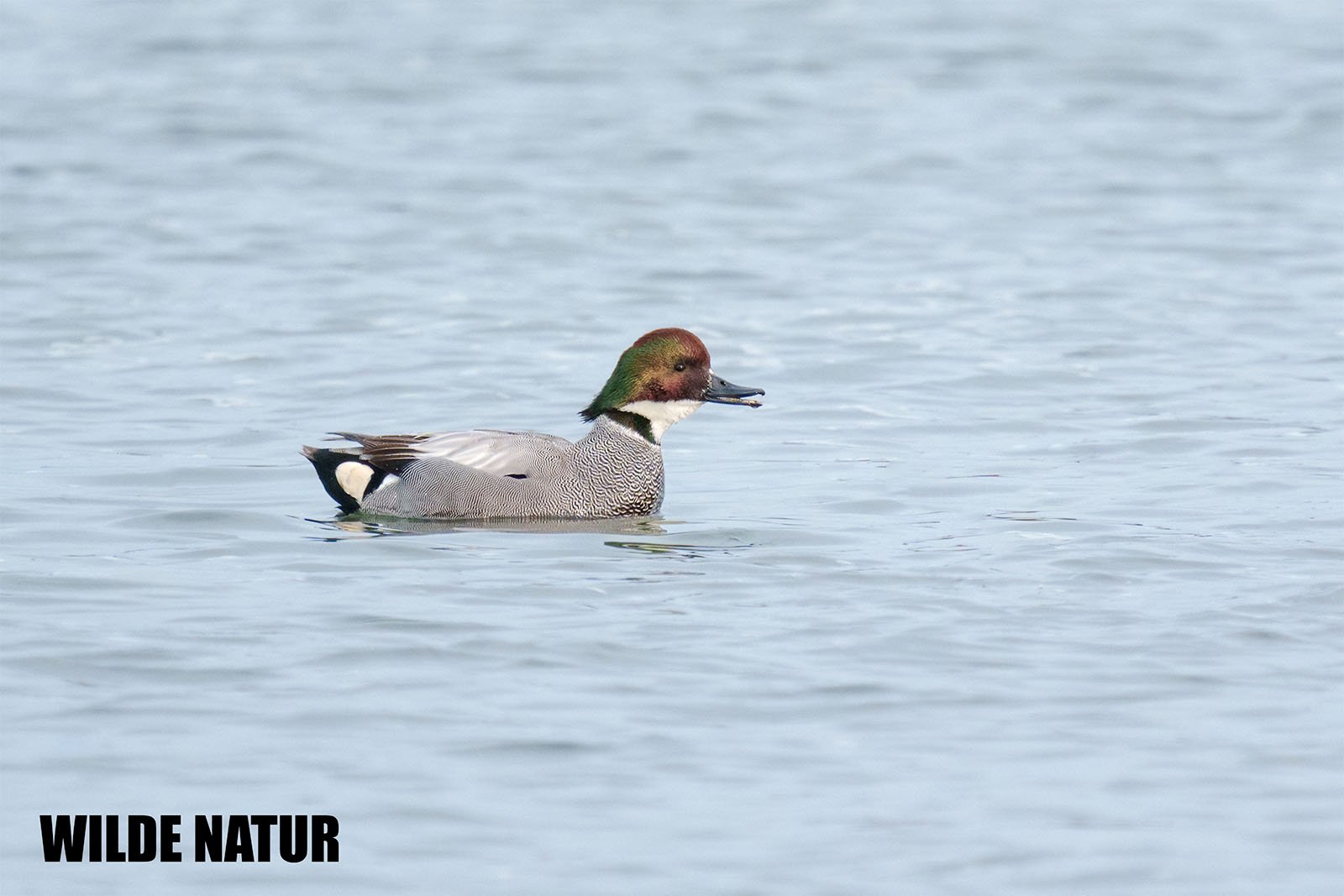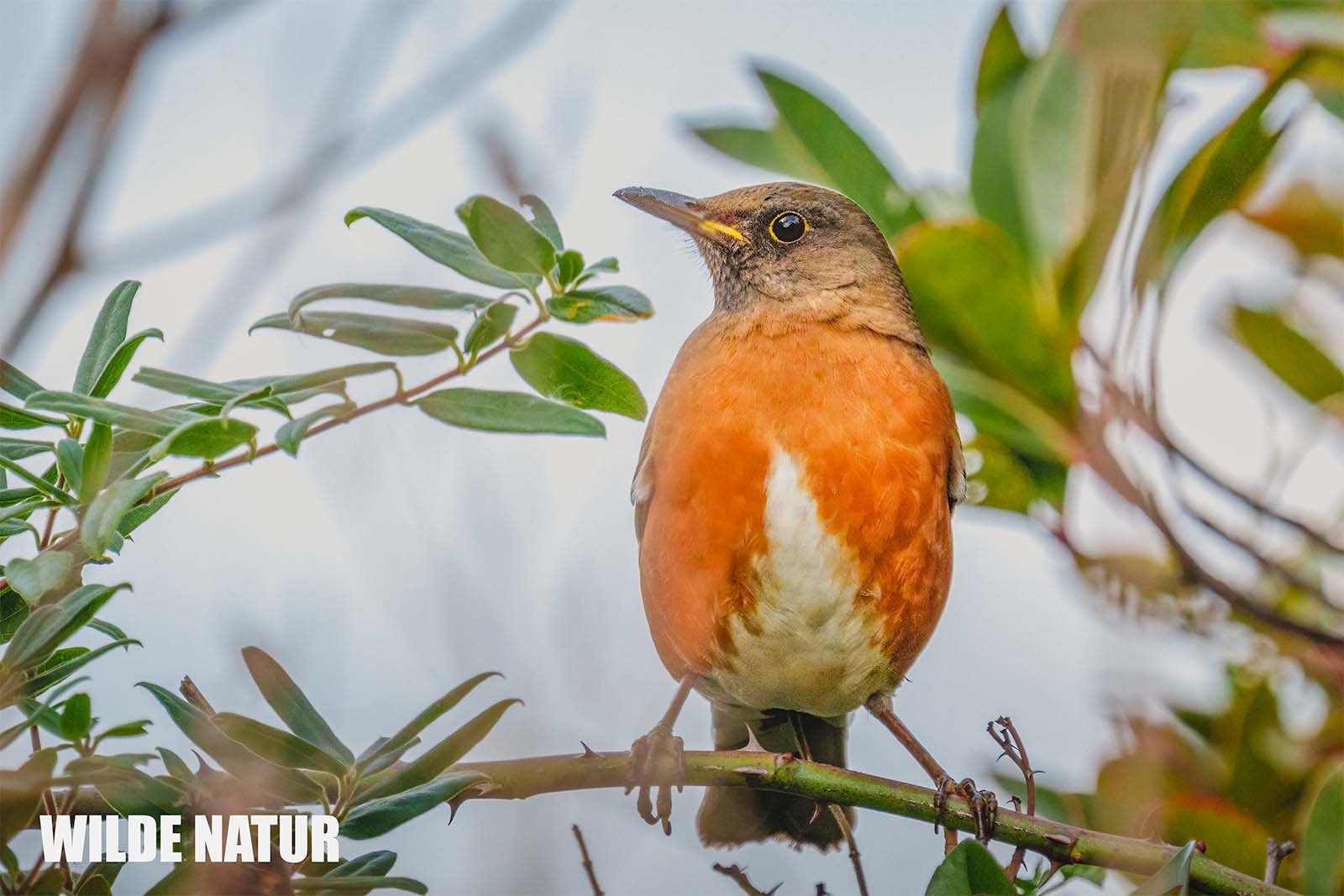Great egret (Ardea alba)
Great Egret (Ardea alba) - Picture taken in Mecklenburg-Vorpommern, Germany
Key Facts
Size: 85 - 100 cm
Weight: 0.7 - 1.5 kg
Diet: Fish, insects, amphibians, mice
Season: All year round
Photography Tips
Lens: Starting from 400 mm
Difficulty: Medium
The Great egret (Ardea alba) is a member of the heron family. With a body length of up to one meter and a wingspan of up to 1.70 meters, it is one of the largest heron species in Europe. The weight varies between 0.7 and 1.5 kilograms.
Diet
The Great egret mainly feeds on insects, amphibians, fish, and mice. Especially in the Lower Rhine region, it searches for food in large grassland areas and often joins the arctic wild geese overwintering there, which keep the grass short and thus facilitate the hunt for mice. To find its prey, Great egrets wade slowly through shallow water or stand still in one place until prey animals come within their reach. This way, they can effectively hunt and meet their nutritional needs.
Distribution
The Great egret is characterized by its extensive geographic distribution and is present on all continents except Antarctica as a cosmopolitan species. It is found in North America up to southern Canada, Southern and Central Europe, Africa, the Middle East, as well as Australia and New Zealand. For example, it breeds in Central Europe at Lake Neusiedl and since 1992 also in the Netherlands. In Germany, there have been several suspected breeding cases, with the first confirmed breeding evidence occurring in the far northeast in 2012. In the same year, a breeding pair was first sighted in the UK. Great egret are partially migratory birds. From July, the young birds migrate from their breeding areas without clear directions or destinations, while adult birds migrate from the breeding areas between September and November. However, in mild winters, they stay near the breeding areas or show later winter migration movements.
Habitat
The Great egret inhabits reed zones along lakes, riverbeds, river arms, and tree- and bush-rich swamps. Apart from the breeding period, it prefers extensive grassland areas.
Reproduction
Great egret practice seasonal monogamy and reach sexual maturity in their second year. They nest both in colonies and individually. The impressive nests, which can be up to 100 cm in size, are densely built on the ground, usually in inaccessible reeds. The conspicuously white-colored wading birds are difficult to spot here. Sometimes nests can also be found in dense bushes. They usually lay 3 to 5 light blue eggs in April or May, which are incubated by both partners from the first day. The chicks hatch after 25 to 26 days and become fledged after 40 to 50 days. Replacement clutches have also been observed. Unfortunately, 75% of the young birds do not survive their first year.
Population
Towards the end of the 19th century and the beginning of the 20th century, Great egret were nearly wiped out in many European breeding areas. This was followed by several phases of population recovery, which were accompanied by renewed declines. These declines were partly due to fluctuating water levels. Since the 1970s, populations have been increasing in many breeding areas again. In Hungary, many new colonies emerged, and at Lake Neusiedl, 737 breeding pairs settled again by 1997. Population declines are partly due to direct persecution and the loss of suitable undisturbed old reed stocks due to construction or fire. Disturbances caused by leisure activities can also cause Great egrets to abandon breeding areas. In Germany, the population has been on the rise since around 1985. Most Great egret are sighted in the autumn and winter months. In September and October, Brandenburg, Saxony, and Bavaria are focal areas, with groups of several hundred Great egret being observed, especially in wetlands and ponds. In the winter months, North and West Germany are particularly important observation areas, with the Lower Rhine region between Duisburg and the German-Dutch border area between Kleve and Nijmegen being a focal point with around 150 wintering birds. The first Great egret appear here in August and September. From October to March, the highest populations are recorded. Since 1992, there have been repeated reports of suspected breeding of Great egret in Germany, with the first confirmed breeding evidence occurring only in 2012 in Mecklenburg. In the Grey Heron colony in Niederhof on the Strelasund, two pairs bred, from which two young birds were observed.



